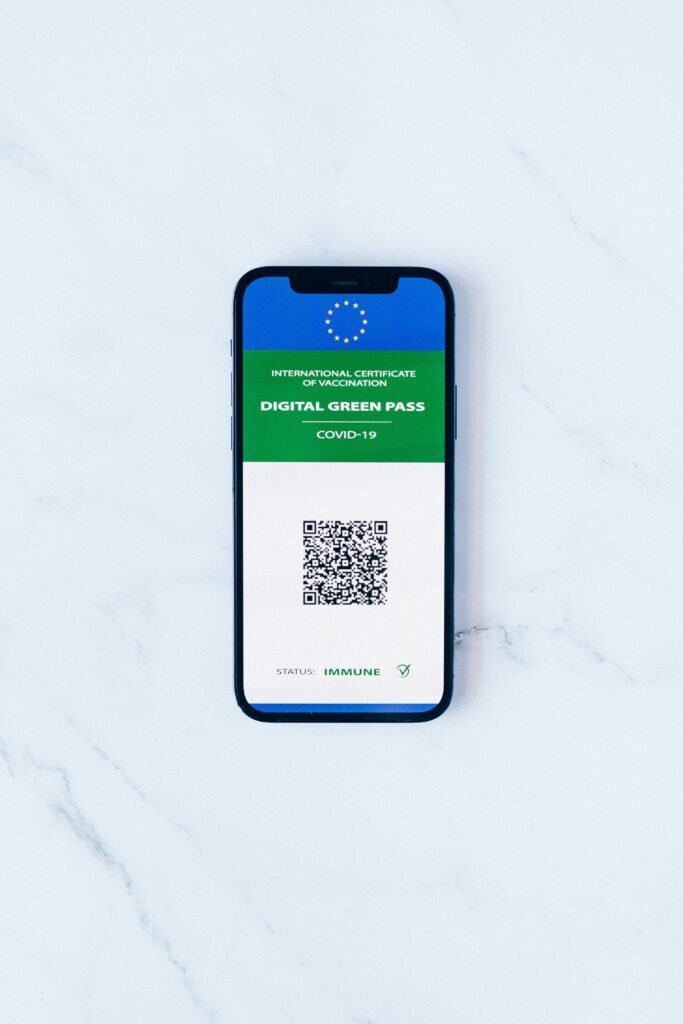Digital ID.
Biometric scans.
Centralized databases.
QR codes to travel, shop, or even work.
It’s no wonder people are asking:
Is digital ID part of a global surveillance plan?
Over the last few years, we’ve seen major governments, banks, and corporations pushing digital identification systems — often pitched as “convenient,” “secure,” or “for your protection.” But behind the smooth branding, many are wondering:
Are we walking into something we won’t be able to walk back out of?
Let’s look at what’s actually happening — and why so many people feel uneasy.
What Even Is Digital ID?
Digital ID can mean a few different things depending on who’s rolling it out:
- A government-verified identity app on your phone
- Biometric systems that use facial recognition or fingerprints
- Health passes, travel clearances, or vaccine QR codes
- Centralized databases that track legal, financial, or health status
On the surface, it sounds efficient. Less paperwork. Fewer passwords. Faster access.
But when systems are centralized — especially by governments or mega-corporations — questions about surveillance, control, and misuse are unavoidable.
Why People Are Saying “This Looks Like Control”
Let’s be honest:
The pieces are there.
- You link your identity to your phone.
- That identity links to your health, money, location, and history.
- Access to services can be turned off with one click.
- And all of it is tied to a system you didn’t design and probably can’t audit.
Add in AI surveillance, facial recognition, and predictive analytics — and suddenly “convenience” starts looking a lot like control.
Is this about making your life easier?
Or is it about building a digital cage?
But Pause for a Moment…
It’s easy to see a pattern and assume there’s a master plan.
But here’s a hard truth: most systems aren’t built out of some genius-level control agenda.
They’re often messy, short-sighted, and profit-driven more than anything else.
And that actually makes them more dangerous, not less.
We’re not dealing with evil masterminds so much as corporations chasing efficiency, governments reacting to crisis, and tech companies selling tools faster than anyone can regulate them.
So yes — digital ID can be used for surveillance.
But that doesn’t mean it’s always being used that way.
And it definitely doesn’t mean every person involved understands the full implications.
The Real Questions We Should Be Asking
Instead of just asking, “Is this part of a global plan?”
Try asking:
- Who controls the system — and who can be locked out?
- Can it be refused, or is it quietly becoming mandatory?
- What happens when one company or country’s system becomes the global standard?
- What data is being collected — and where is it going?
These are the questions that keep us alert without falling into paranoia.
Resistance Isn’t Just About Refusal — It’s About Awareness
Being aware doesn’t mean saying no to everything.
It means saying no blindly — to anything, from any side.
Some people reject digital ID but trust everything from anti-tech influencers. Others ignore the risks and install every app without reading a single line of fine print.
Real resistance is about discernment.
Not fear. Not tribalism. Not reaction.
So if you’re asking “Is this about control?” — you’re ahead of most people.
Now keep going. Keep learning. Keep questioning — including your own assumptions.




